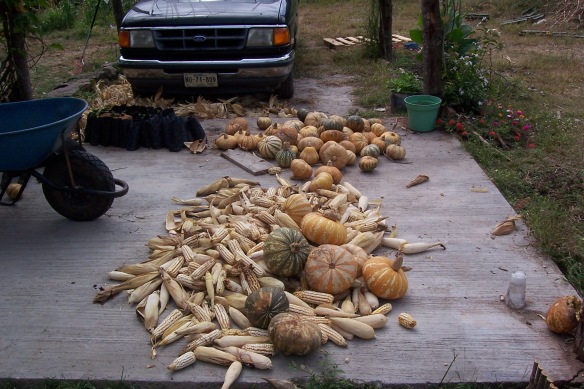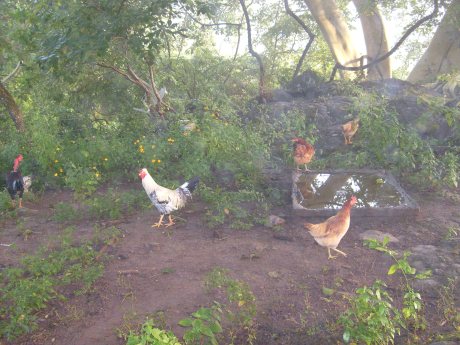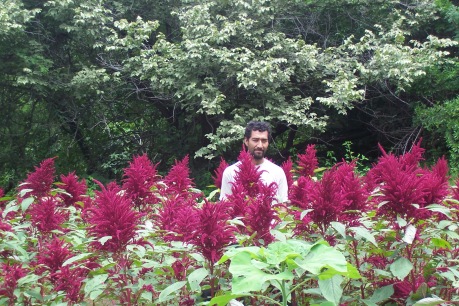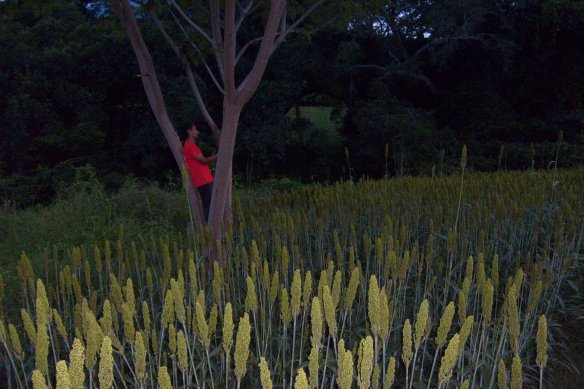One of the more naive things I have done in my life was moving to a temperant climate, thinking it would magically propagate self-sustainability. I ignorantly thought (though I had a read a couple of books and raised a couple of gardens), you get some land, a couple of chickens, throw some seeds in the ground, plant some fruit trees, and in a few years, you have a self-seeding food forest, orchards, eggs, and meat. Maybe it won’t provide for every meal, but it should be a pretty solid foundation.
Wrong.
Perhaps if we had invested the 50,000 dollars we arrived in Mexico with: in a greenhouse, good animal facilities, and to travel Mexico in search of decent seeds and organic gardening products, we would have food now, but we’d be living in a tent.
What we have learned is self-sustainability is not romantic. It requires solid fences and safe facilities for your animals, like a chicken house. It seems like a no-brainer, right? But when Felipe was growing up, his family let their chickens run, they hand weeded all their crops and provided most of their food without using fancy row covers and organic pest deterrents. Why can’t we?

Our chickens at thier bath
Well–there were ten of them. Felipe’s parents, brothers, and sisters worked from pre-dawn into the darkness most every day. Something not even superman Felipe is willing to do, for which I am thankful.
A year ago, five years into our Mexican life, we reassessed our position here. Our stipend was to run out at the end of 2012, and we still had very little consistent food production, no constant cash flow outside of the dwindling 500 pesos a week payment, and no funds to improve our farm’s production.
We decided on a route that was uncharacteristic for us, we diversified. Meaning, that we decided to pursue individual projects to make money with the long-term goal of investing in a real self-sustainable farm. Unlike the play farm we have now, built of sticks, mud, and garbage strung together with barbed wire– those are the high-tech parts.
So I committed to writing like a person who plans to make a living at it (Felipe was relieved because I am a much better writer than gardener), and he started raising pigs. He has also, miraculously, had a job for nine months now! I don’t know if you’ve heard this or not, but it’s kinda hard to find work down here. If I could type in a whisper I would, for fear that saying he has a job aloud will somehow create bad juju and this most amazing state of affairs will cease.
To date, we have a prolific native lime tree we grew from seed, nopales, native sorrel, and basil, a fabulous multi-purpose passion flower ( it provides shade, fruit, and hummingbirds sitings). We also grow enough corn and sorghum for ourselves and our animals. When we’re lucky, a native tomato plant will pop up.
Regarding animals, this week, we’re getting about six eggs when the dogs or skunks don’t beat us to them. We have three drakes to eat if we can bring ourselves to kill them and five roosters that will be ready soon if we could ever catch them. And we will have a Christmas pig this year, which will mean a store of lard and maybe some smoked meats if we can get a smoker assembled.
Now our version of sustainability is: the ability to sustain the effort, to work toward the dream of a self sustainable life. Not Simple, Not Easy, but the feeling we get when something works—like picking limes, or harvesting eggs, is Very, Very Good.




![th[8]](https://vsvevg.files.wordpress.com/2014/07/th8.jpg?w=584)






